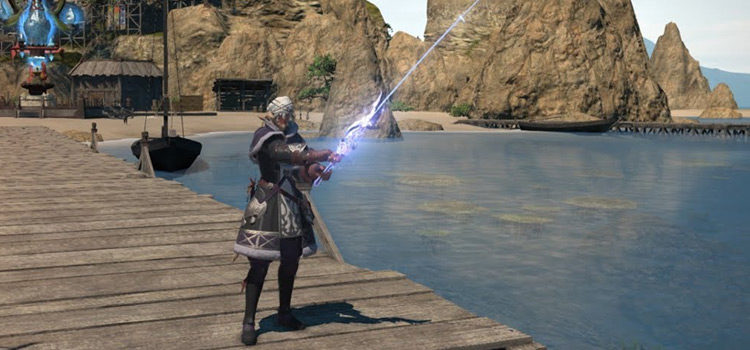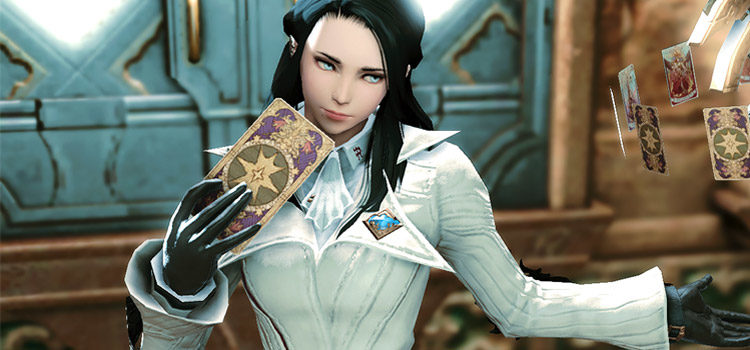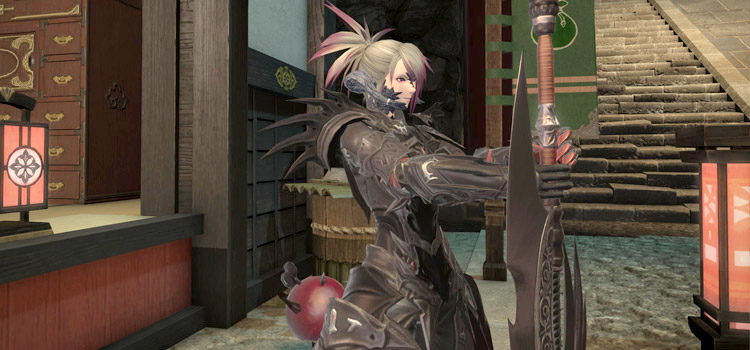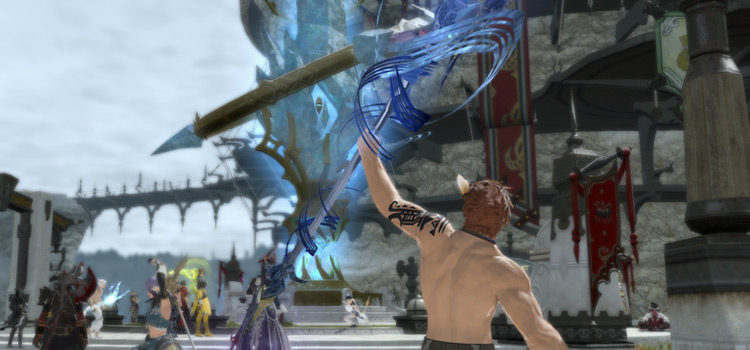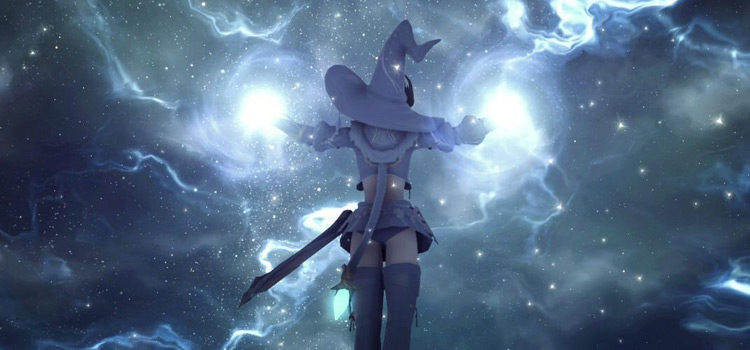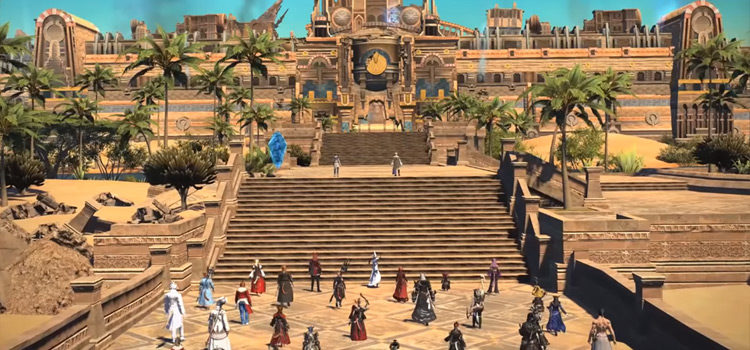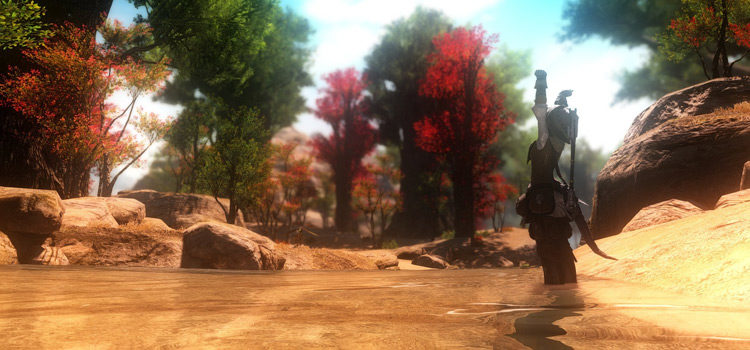FFXIV Shirk: What Does It Do & How Does It Work?
This post may contain affiliate links. If you buy something we may get a small commission at no extra cost to you. (Learn more).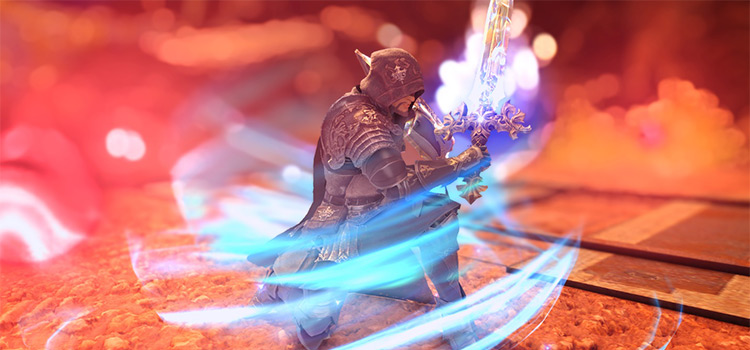
| Shirk Details | |
|---|---|
| Level | 48 |
| Role | Tank |
| Type | Ability |
| Casting | Instant |
| Recast | 120s |
| Range | 25y |
| Targeting | Ally |
Shirk is an action that redirects 25% of the player’s enmity towards its target. It is unlocked at level 48 and is learned by all tank classes.
This skill is casted instantly and has a cooldown of 120 seconds. You can target any ally with it within 25 yalms.
Shirk is normally used in a technique players call “tank swapping”. This is a common technique used in high-end endgame fights like savage-tier raiding.
What is Enmity? (The Basics)
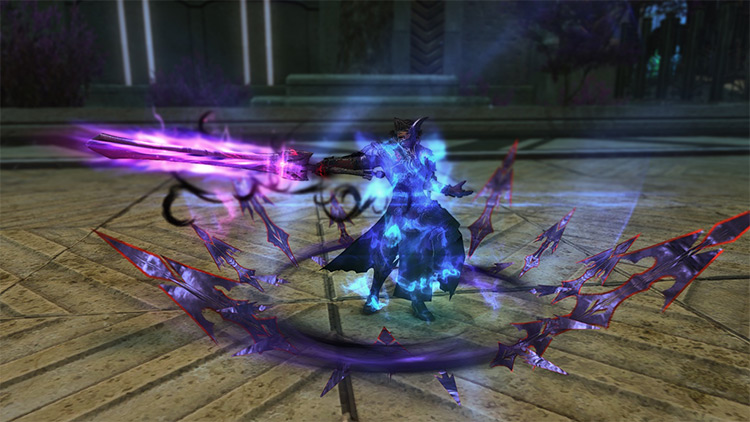
Enmity is a mechanic in FFXIV that determines which party member enemies will attack while in battle. Certain actions and abilities generate more enmity than others while factoring in other things such as damage dealt and HP restored.
Players also refer to it as “hate” or “aggro”.
Enmity is calculated for each individual enemy. They will attack whoever has generated the most enmity towards them.
It’s the tank’s job to generate as much enmity as possible to keep mobs focused on them. This is generally done by keeping their “tank stance” ability on.
A “tank stance” is an ability each tank class has that greatly boosts their enmity generation while turned on. It lasts indefinitely and can be turned off by using the ability again.
Here’s a list of what each tank stance ability is named:
- Iron Will (Gladiator/Paladin)
- Defiance (Marauder/Warrior)
- Grit (Dark Knight)
- Royal Guard (Gunbreaker)
Gauging Enmity
There are currently two ways to check on your enmity levels during battle – the party list and the enemy list.
Party List
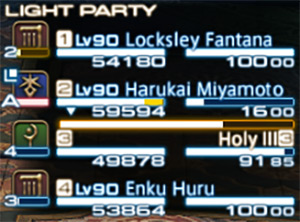
The party list is a window that shows up on your UI that lists down everyone in the party. Here, you’ll see their names, their job icon, HP, MP, current buffs, and current debuffs.
You may notice that during battle, a letter or number shows up next to each member’s job icon while targeting an enemy. Party members will be marked with a letter “A” or a number from 2 to 4 (2 to 8 if in a full party).
These numbers correspond to the target enemy’s enmity priority with “A” being the highest followed by “2” and so on. The party member with “A” is the enemy’s current target and will focus their single-target attacks on that ally.
There are certain instances where a “1” will show up despite “A” still being the enemy’s priority target. This usually happens when an enemy uses an ability that ignores enmity and targets specific players.
Enemy List
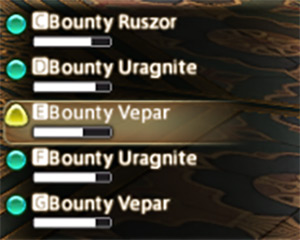
When your party is fighting multiple enemies at a time, it would be inefficient to scroll through each of them to check the party list one by one to gauge enmity.
For these cases, you can instead look to the enemy list that also shows up on your UI during battle.
The enemy list shows all the enemies you are currently engaged in battle with. Beside each enemy name listed, you’ll see an icon to the left.
The icons will either be a:
- Red square
- Orange triangle
- Yellow triangle
- Green circle
Each icon indicates your level of enmity towards that monster, with green being the safest and red meaning that enemy is currently attacking you.
As a tank, this means that all the icons you see on the enemy list should be red. The only exception is if you are in a full party and you are not the main tank.
TIP: When playing as a non-tank class and you pull enmity for whatever reason, run towards your tank and stand next to them for a bit. They are usually spamming their offensive AoE skills and getting tagged by these once or twice usually gets enemies off your back and focused back on the tank.
Tank Swapping
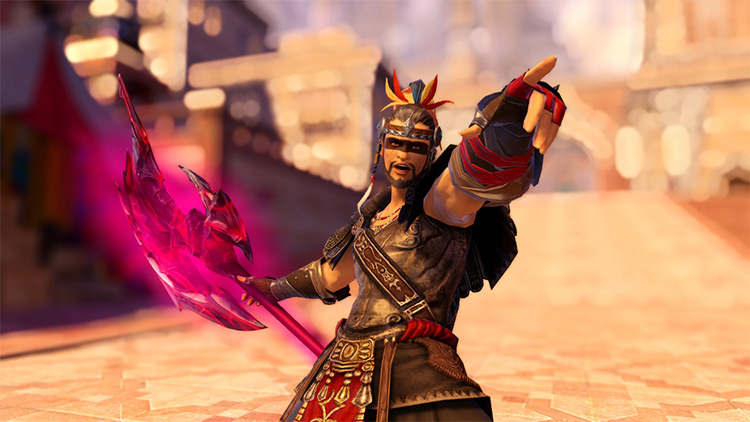
At this point, you’re probably wondering, “If it’s the tank’s job to maintain enmity, why would I want to use Shirk?”
Well like mentioned earlier, it’s typically used in a technique called “tank swapping”.
Tank swapping is quite common for the more difficult 8-man trials and raids like savage and EX difficulty fights. In these instances, you will have 2 tanks instead of just one.
Sometimes, the boss in these fights will cast 2 consecutive tankbusters or a debuff followed by a tankbuster.
A tank swap is performed in between the first hit or debuff and the follow up tankbuster.
Here’s a quick step-by-step rundown on how to perform a tank swap:
- The main tank gets hit with initial tankbuster or debuff
- Main tank calls for a tank swap
- Off tank turns on his or her tank stance and uses provoke
- Main tank uses shirk and turns off his or tank stance
- The previous off tank is now the main tank and takes the second tankbuster
Successfully pulling off a tank swap has a significant impact on the party’s damage output as it lessens down time from having to revive party members. It also lets the tanks save their invulnerability moves for other mechanics or emergency situations.
